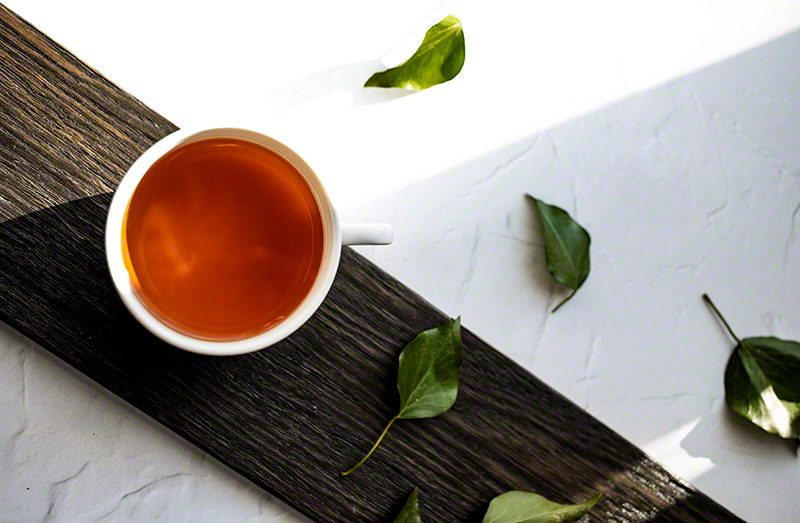Japanese and Chinese tea brewing traditions differ due to their cultural practices and history. Japan’s tea culture is rooted in Zen Buddhism and emphasizes the tea ceremony as an art form, while China’s tea culture is a vital part of daily life and social gatherings. Japan is famous for green tea, particularly matcha, which is prepared using a bamboo whisk, while China produces a wide range of teas, which are steeped in a gaiwan or teapot. Tasting tea is essential in both cultures, but Japan focuses on the aroma, while China emphasizes the flavor. Both countries’ traditions reflect their respective cultures, making tea an integral part of daily life.
Japanese vs. Chinese Tea: A Comparison of the Two Countries’ Brewing Traditions
Introduction
The cultivation and consumption of tea has a long history in both Japan and China. The traditions and techniques of brewing tea vary based on cultural practices, heritage, and climate. In this article, we will delve into the differences and similarities between Japanese and Chinese tea brewing traditions.
The Basis of Japanese and Chinese Tea Culture
The foundation of Japanese tea culture is steeped in Zen Buddhism. The tea ceremony, also known as Cha-no-yu, was an essential part of the Zen Buddhist practice. The Chinese tea culture, on the other hand, holds deep roots and is a crucial aspect of Chinese social and cultural life.
Types of Tea
Green tea is the most common type of tea consumed in Japan. Matcha, a powdered green tea, is an essential component of the traditional Japanese tea ceremony. On the other hand, China is famous for producing a wide range of tea, including oolong, green, black, and pu-erh tea.
Preparing Tea
In Japan, it is customary to use a bamboo whisk to stir the powdered matcha tea in hot water. The ritual involves a precise sequence of pouring, sifting, whisking, and serving. On the other hand, Chinese tea culture generally involves steeping loose tea leaves in hot water in a gaiwan or teapot.
Gaiwan vs. Teapot
A gaiwan is a small porcelain dish with a lid and is commonly used for steeping tea in China. The small size of the gaiwan enhances the aroma and flavor of the tea. A teapot, on the other hand, is commonly used in China as well as in other countries. The teapot allows for several infusions of the tea using the same leaves.
Serving and Enjoying Tea
In Japan, tea is served in small cups, and the tea-drinking ceremony involves a prescribed ritual of precise movements and moments of silence. The Japanese tea ceremony is considered an art form and is meant to inspire a meditative state in the participants. In contrast, Chinese tea is often served in larger cups or bowls and is meant to be enjoyed casually with friends or in public settings.
Tasting Tea
Tasting tea is an essential part of both Japanese and Chinese tea culture. In Japan, the taste of tea is considered an essential reflection of its quality, and its aroma is critical to the tea experience. In China, the tasting of tea is a casual activity, and the focus is more on the flavor of the tea, which can be enjoyed with snacks or a meal.
Conclusion
Japanese and Chinese tea brewing traditions are culturally significant and unique. The differences between the two cultures’ tea ceremonies lie in their uses, symbolism, and approach to tea brewing. While Japan emphasizes the tea ceremony as an art form, China enjoys tea at a more casual level. Both countries’ traditions reflect their respective cultures and histories, making tea an integral part of everyday life.
